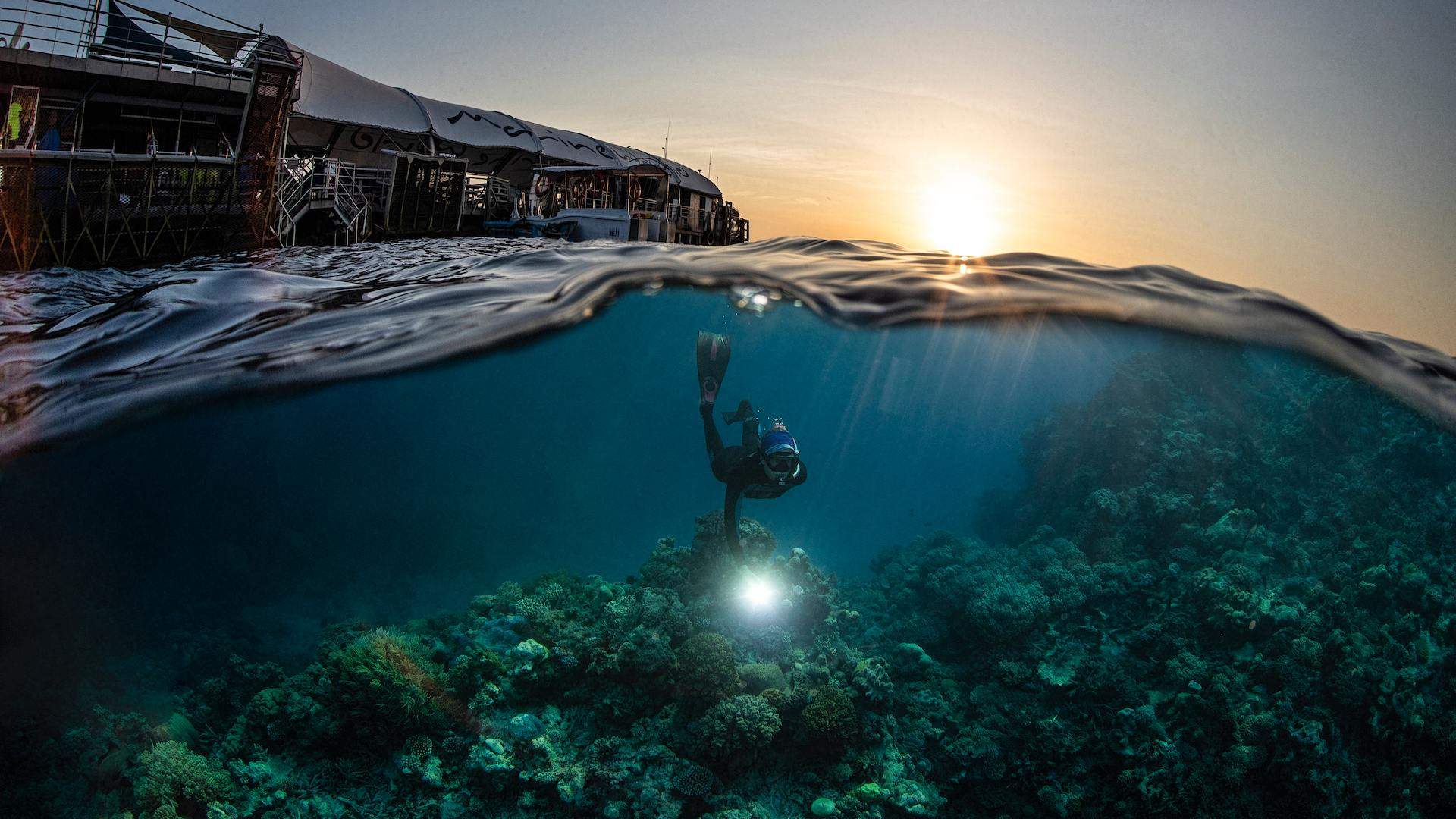Everything You Need to Know About Australia's COVID-19 State and Territory Border Restrictions
Before you jump in the car for a road trip or on a plane for a domestic holiday, find out where you can go within Australia and whether you need to quarantine.
Since late March, Australians haven't been permitted to leave the country. For much of the past few months, we haven't been allowed to travel much further than our own homes, either. But, while one of those situations won't be changing anytime soon — other than the possible implementation of a travel bubble with New Zealand — the other is starting to ease in many Aussie states and territories.
Despite the political rhetoric of recent months, opening Australia back up to Australian residents isn't as easy as it sounds. Indeed, with Victoria's COVID-19 case numbers increasing drastically in late June and early July, resulting in the reimplementation of stay-at-home requirements for all of metropolitan Melbourne for at least six weeks, relaxing interstate borders is proving particularly complex. Just where you can travel to depends on where you normally live and where you'd like to head — and if you're wondering what it means for your next road trip or local holiday, we've broken down the current restrictions for you state by state.
Details in this article are correct as at Friday, July 17, and will be updated as new information is announced.

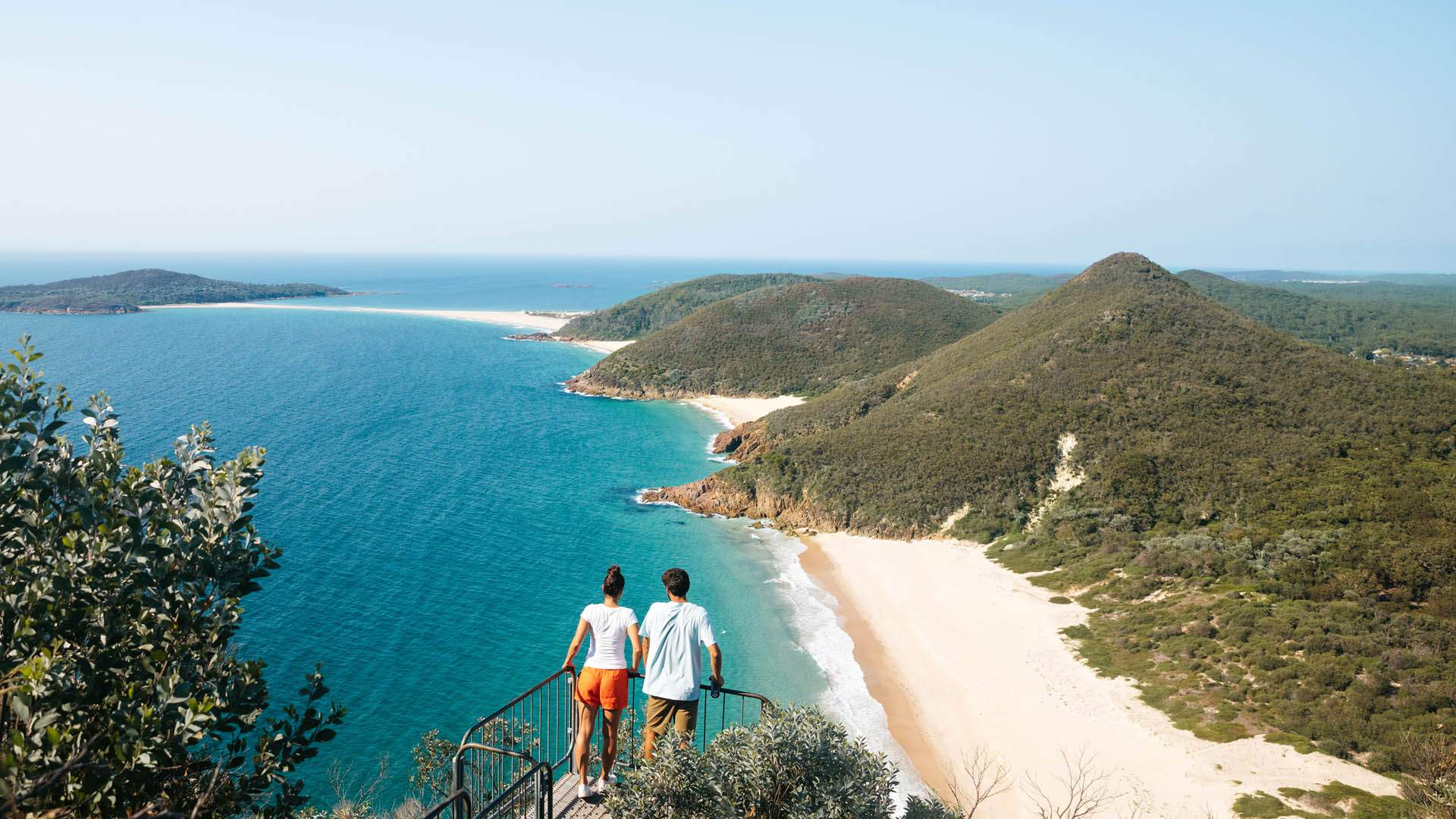
Port Stephens by Destination NSW
NEW SOUTH WALES
Throughout Australia's response to the COVID-19 pandemic to-date, New South Wales was one of only two states that didn't impose any border restrictions upon domestic travellers — until now. Due to the rising case numbers in Victoria, NSW has closed the border between the two states for the first time in more than 100 years (the last time was in 1919 during the Spanish Flu).
Effective since midnight on Tuesday, July 7, NSW has only closed its border with Victoria. Its borders remain open with all other Australian states and territories.
Victorians wishing to enter NSW must apply for a border permit to travel from Victoria to NSW. To obtain a permit — which is valid for 14 days — you need to fall into a number of set categories, such as cross-border residents, students or those employed to provide critical services. Also, permits are not available to Victorian residents who are prevented from travelling due to public health restrictions, which means everyone living in metropolitan Melbourne and Mitchell Shire.
Even with a permit, anyone who has been in Victoria in the 14 days before entering NSW will need to self-isolate for 14 days. You can do so at home — and the quarantine requirements apply not only to Victorians, but to NSW residents returning home.

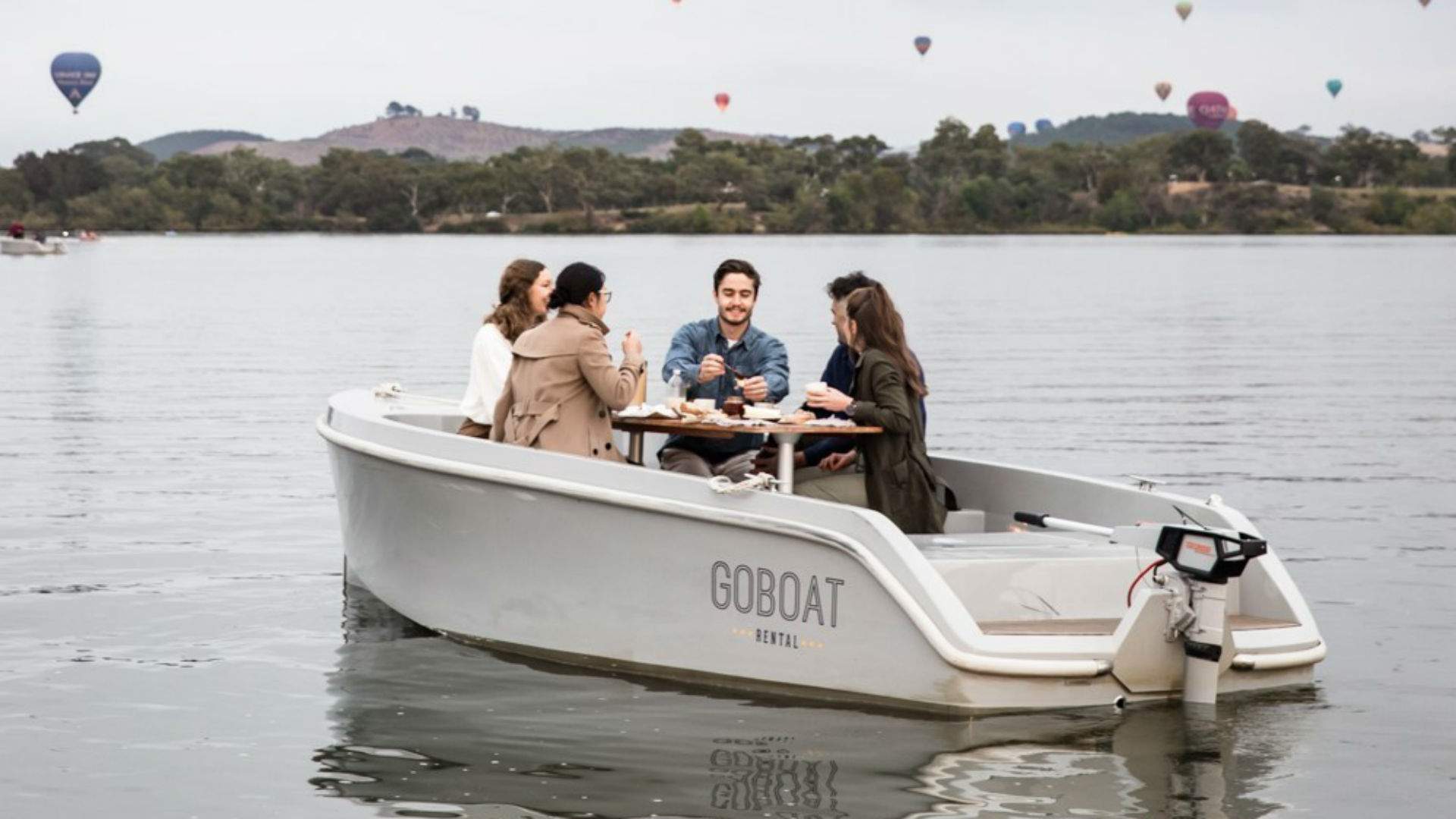
Lean Timms for Visit Canberra
AUSTRALIAN CAPITAL TERRITORY
In the Australian Capital Territory, the border has also been closed to anyone travelling to the ACT from Victoria — unless you have an exemption. The closure came into effect at the same time as NSW's similar border restrictions.
ACT residents can return home from Victoria, and must quarantine for 14 days; however, for everyone else, exemptions only apply in select circumstances: visiting a immediate family member who is critically ill or in palliative care, undertaking essential services work, attending a funeral of an immediate family member, providing urgent care to an immediate family member, receiving urgent medical care, and if you've left Victoria by air after transiting from another jurisdiction, but you did not leave the airport.
The ACT does not have any restrictions in place for travellers from other Australian states and territories.


VICTORIA
Like NSW, Victorian has not closed its borders throughout Australia's response to the COVID-19 pandemic to-date. And, while other states and territories are closing off from Victoria, the state's borders are actually still open.
That said, leaders of Australia's other states and territories have strongly advised that no one should be travelling to Victoria at present — and if you do, you may be required to quarantine on return to your home state.
For Victorians looking to venture interstate, you aren't just restricted by the rules of whichever state or territory you'd like to travel to, but — if you live in metropolitan Melbourne and Mitchell Shire — by Victoria's public health restrictions. As part of the reintroduced stay-at-home limits in place from 11.59pm on Wednesday, July 8, Victorians in these areas are only allowed to leave home for one of four reasons: for work or school (if you can't do this from home), for care or care giving, for daily exercise or for food and other essentials. Going on a holiday anywhere — locally, regionally in Victoria or interstate — is definitely not permitted.


Whitehaven Beach by Tourism and Events Queensland
QUEENSLAND
From Friday, July 10, after much debate and discussion over the past few months, Queensland officially reopened its borders to interstate visitors from all states and territories — except Victoria, which is considered a COVID-19 hotspot. On Tuesday, July 14, the state added the Campbelltown City and Liverpool City local government areas in New South Wales to its hotspot list, too, which means anyone who has been in Victoria or those two NSW areas in the past 14 days cannot enter Queensland.
People visiting from South Australia, Western Australia, Tasmania, the Northern Territory, the Australian Capital Territory and other parts of NSW need to complete a border declaration form to obtain a Queensland border declaration pass. On it, you need to certify that you haven't travelled to Victoria or the aforementioned NSW spots in past 14 days — and the government has advised it'll be checking these statements, and that making a false statement will be an offence. And, you will need to agree to get tested for COVID-19 if you develop any symptoms within 14 days of arriving in Queensland.
With the Queensland border closing back in March, the state has had a permit in place for some time for those wishing to cross the border; however previous permits issued before noon on Friday, July 3 are now invalid. Instead, everyone wanting to enter the state must apply for the aforementioned Queensland border declaration pass.
If you have been in Victoria or the Campbelltown City and Liverpool City local government areas in New South Wales in the past 14 days, the state government advises that you should not come to Queensland. In general, you are not allowed to access or quarantine in the state, and you will be turned away at the border. Whether you live in the above areas or have visited them in the last fortnight, you'll only be allowed into Queensland if you receive an exemption "for essential specialist workers, as well as for health, legal or compassionate grounds", but Premier Annastacia Palaszczuk advises that "very few exemptions will be granted". If you do receive an exemption, you will be required to go into forced quarantine for 14 days, in a hotel, at your own expense.
Queenslanders returning from Victoria, or the Campbelltown City and Liverpool City local government areas, will still be able to come home, but will also be required to go into forced quarantine for 14 days, in a hotel, at your own expense.

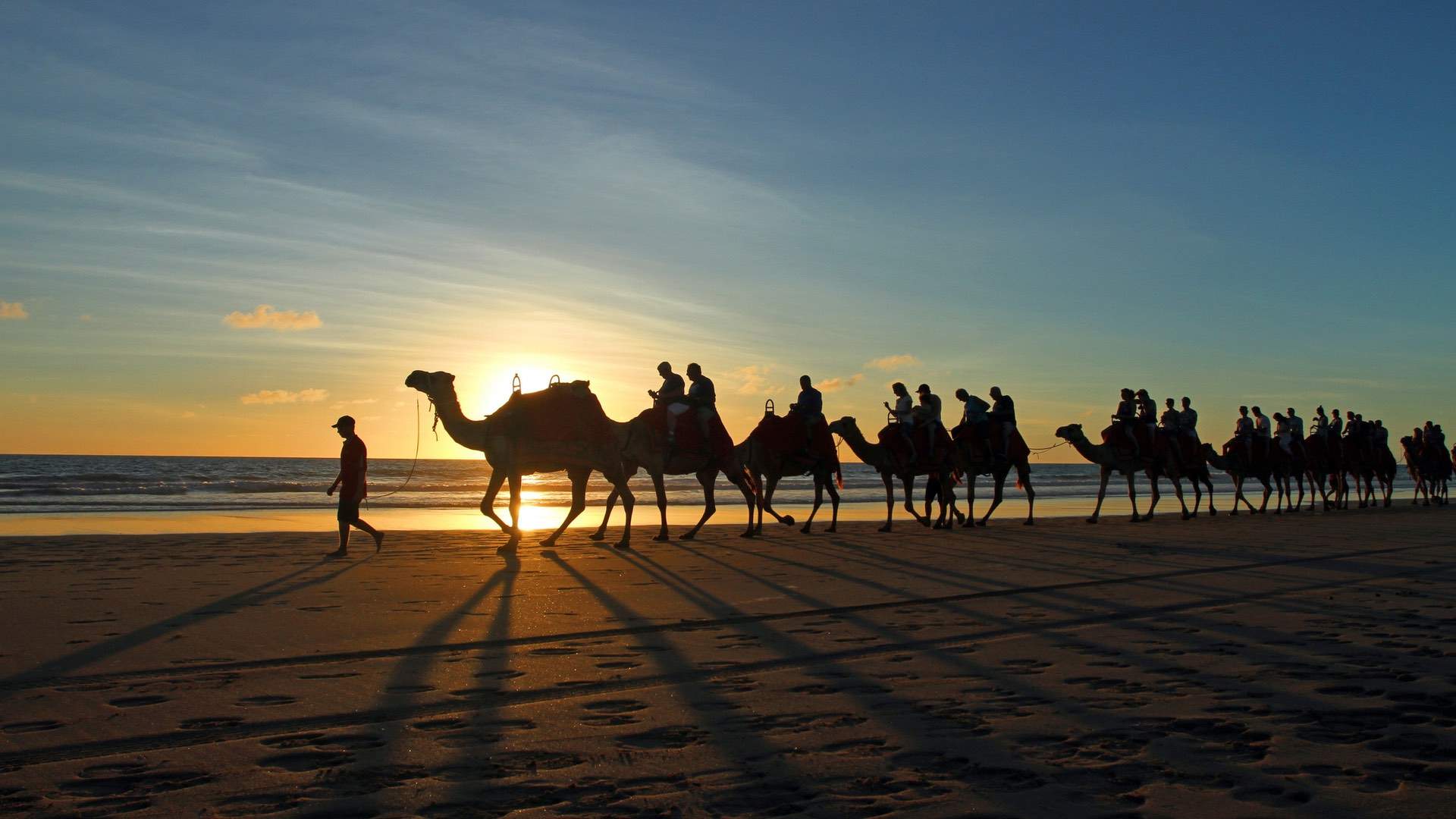
Tourism WA
WESTERN AUSTRALIA
At the height of Western Australia's COVID-19 restrictions, WA not only implemented a statewide border lockdown with the rest of the country, but internal travel restrictions within the state, barring travel from region to region. The latter have now largely been lifted for WA residents, who can mostly travel freely within the state — other than entering remote Aboriginal regions.
Western Australia's statewide border lockdown is still in effect, however, with residents of all other states and territories banned from entering WA unless they fall into an exemption category, apply for a G2G Pass and, if approved, then self-isolate for 14 days.
WA's roadmap to ease COVID-19 restrictions is currently in phase four — and, while removing the state's hard border was originally under consideration for phase six, which doesn't yet have a date, that plan was scrapped due to the situation in Victoria. At present, WA advises that "when an indicative date [for ending the border lockdown] is set in the future, it will be contingent on locally acquired infection rates in the eastern states. The WA hard border will only be removed when the WA Chief Health Officer is confident the spread of infection is controlled in the eastern states".

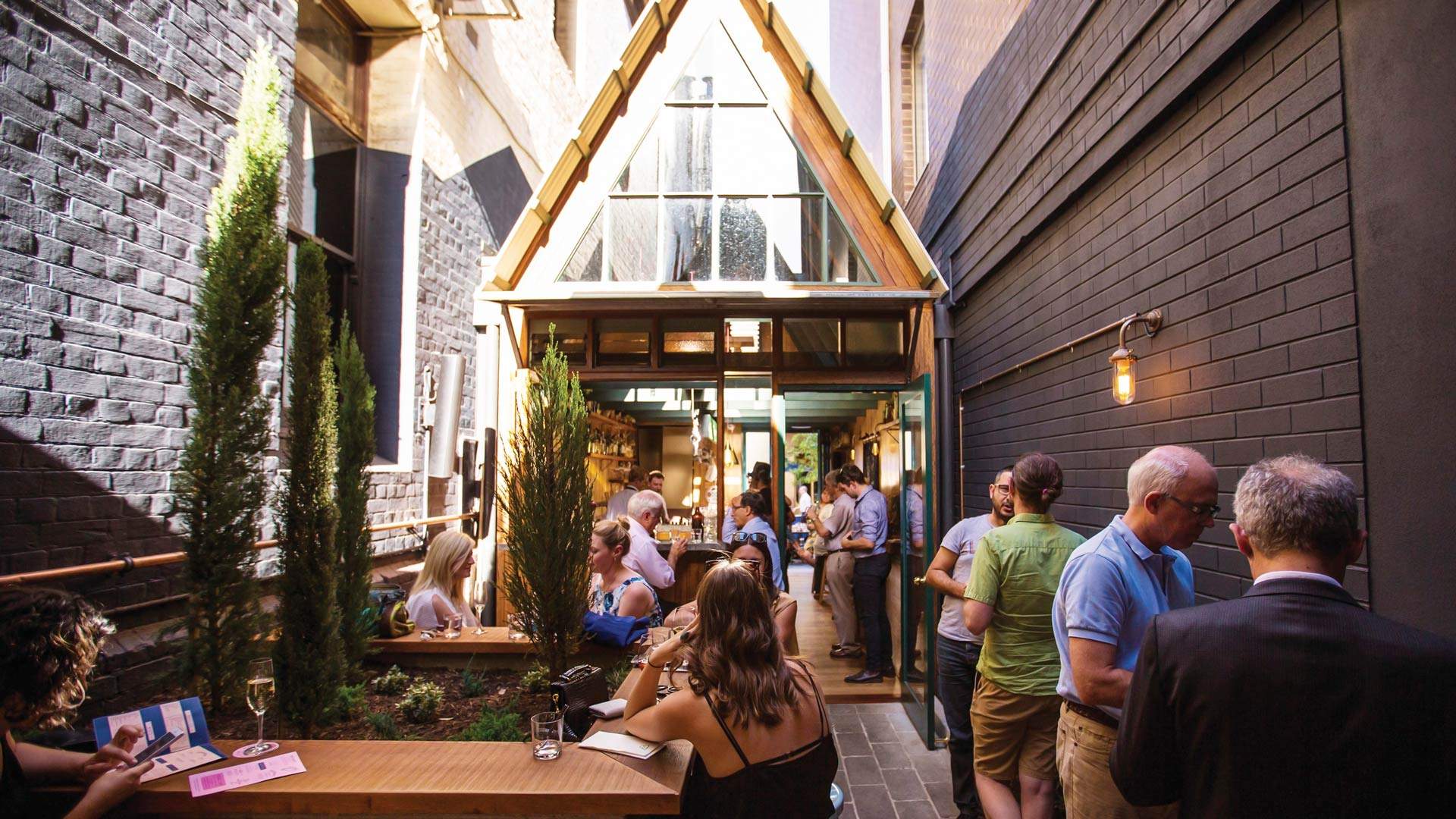
SATC
SOUTH AUSTRALIA
After initially announcing in mid-June that it'd allow travellers from all interstate locations back in from Monday, July 20, South Australia has amended its plans in response to the situation in Victoria. As of midnight on Wednesday, July 8, it implemented a hard border with Victoria — only allowing Victorian residents to enter SA if they fall into the "essential traveller" category and agree to quarantine for 14 days.
SA residents returning home from Victoria are still be permitted to enter the state, but also need to self-isolate for 14 days.
Travel to SA from four Australian states and territories — Queensland, the Northern Territory, Tasmania and Western Australia — is already unrestricted and doesn't require a period of quarantine, although all visitors must receive pre-approval by completing the online Cross Border Travel Registration form.
Travel to SA from New South Wales and the ACT is currently permitted, but only if travellers quarantine for a mandatory 14 days of self-isolation. All visitors must receive pre-approval by completing the online Cross Border Travel Registration form, too.

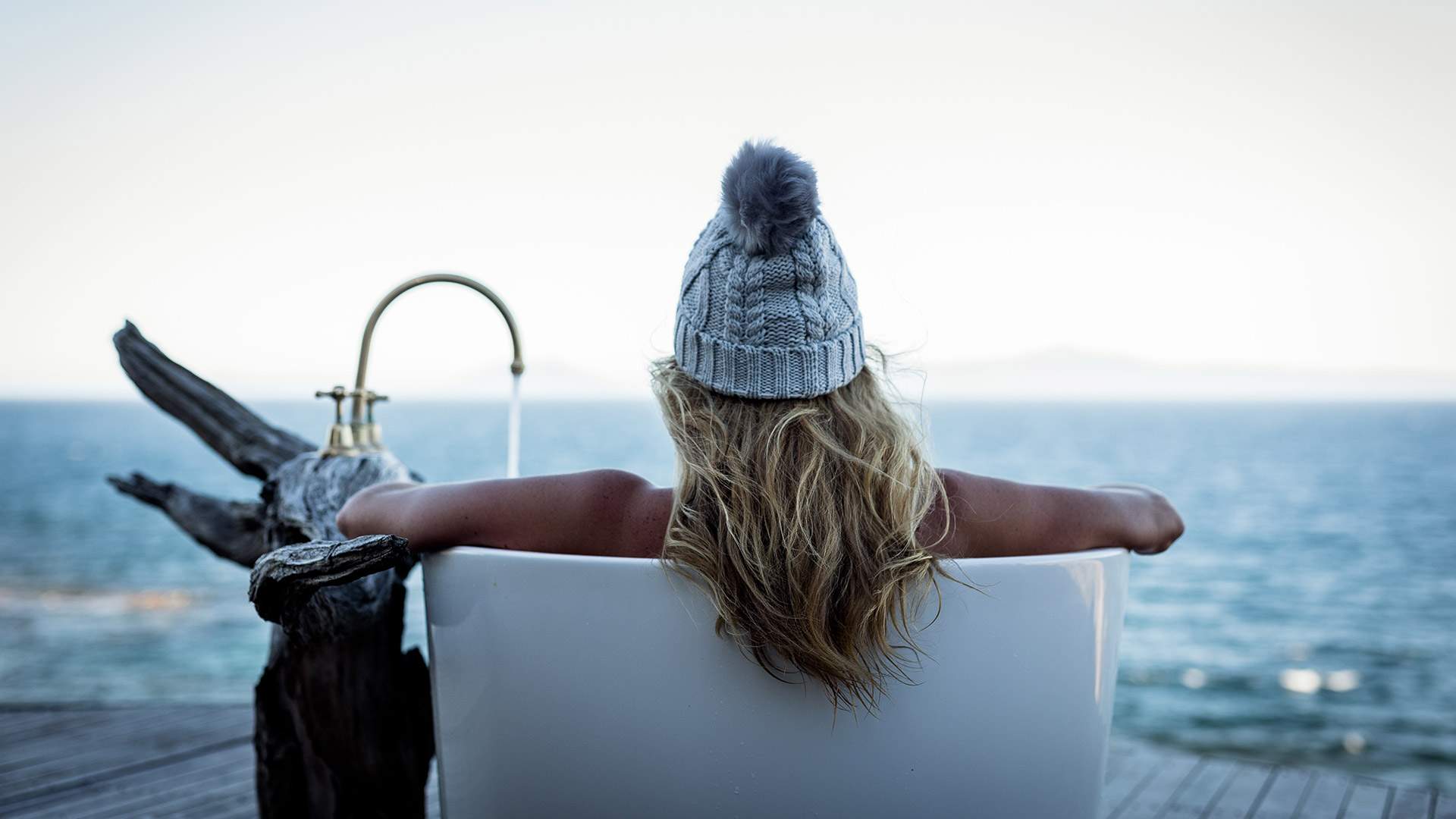
Thalia Haven for Tourism Tasmania.
TASMANIA
All non-essential visitors to Tasmania are already required to quarantine for 14 days at a Tasmanian government accommodation facility — and, before travel, to complete a Tasmanian Arrivals Form. Exemptions are available on compassionate or medical grounds. Tasmania has not advised when these restrictions will come to an end.
New rules also came into effect from 12am, Thursday, July 9, for people travelling from Victoria. A hard border has been implemented, and "any visitors who have spent time in Victoria in the 14 days prior to travel are not permitted to travel to Tasmania. If visitors come from Victoria to Tasmania, they will be turned back". Exemptions apply for essential travellers and for compassionate reasons.
Tasmanian residents who have spent time in Victoria in the 14 days prior returning to the state will also be required to quarantine in government-provided accommodation for 14 days, too.

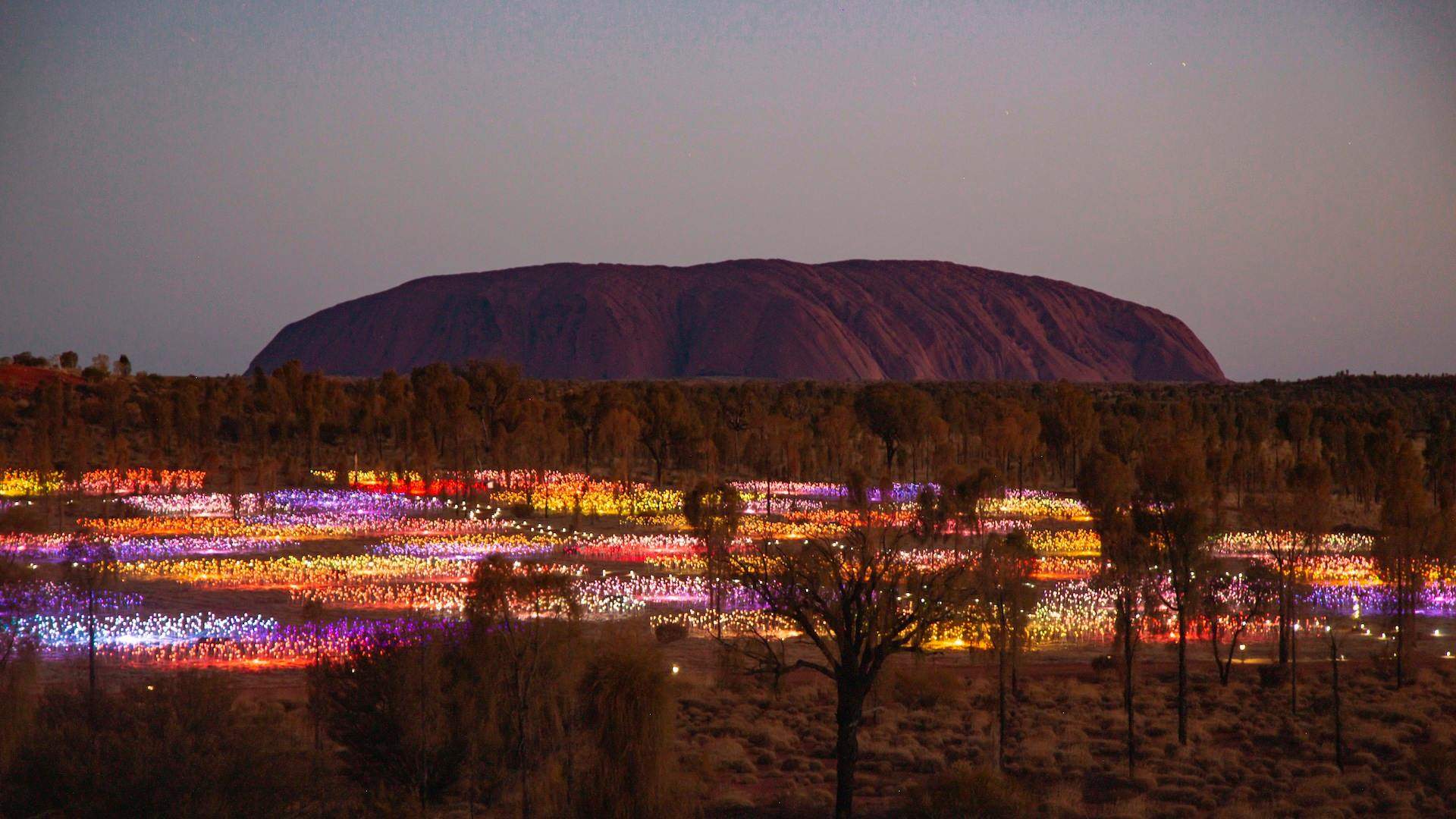
Tourism Australia
NORTHERN TERRITORY
In mid-June, the Northern Territory announced that it would end all mandatory quarantine arrangements for travellers from interstate from Friday, July 17; however, as has proven the case in other states, the NT has adapted its plans in response to the situation in Victoria and some areas of NSW. Anyone travelling to the territory from an identified COVID-19 hotspot — if you live in one, or have been to or travelled through one in the past 14 days — must still undertake 14 days mandatory supervised quarantine at your own cost.
All Australians from other states, and other areas in NSW, can visit without going into mandatory quarantine for 14 days.
All travellers must complete a pre-arrival border crossing application form up to 72 hours before you arrive, regardless of where you're visiting from.

To find out more about the status of COVID-19 in Australia and how to protect yourself, head to the Australian Government Department of Health's website.
Top image: Great Barrier Reef by Tourism and Events Queensland
